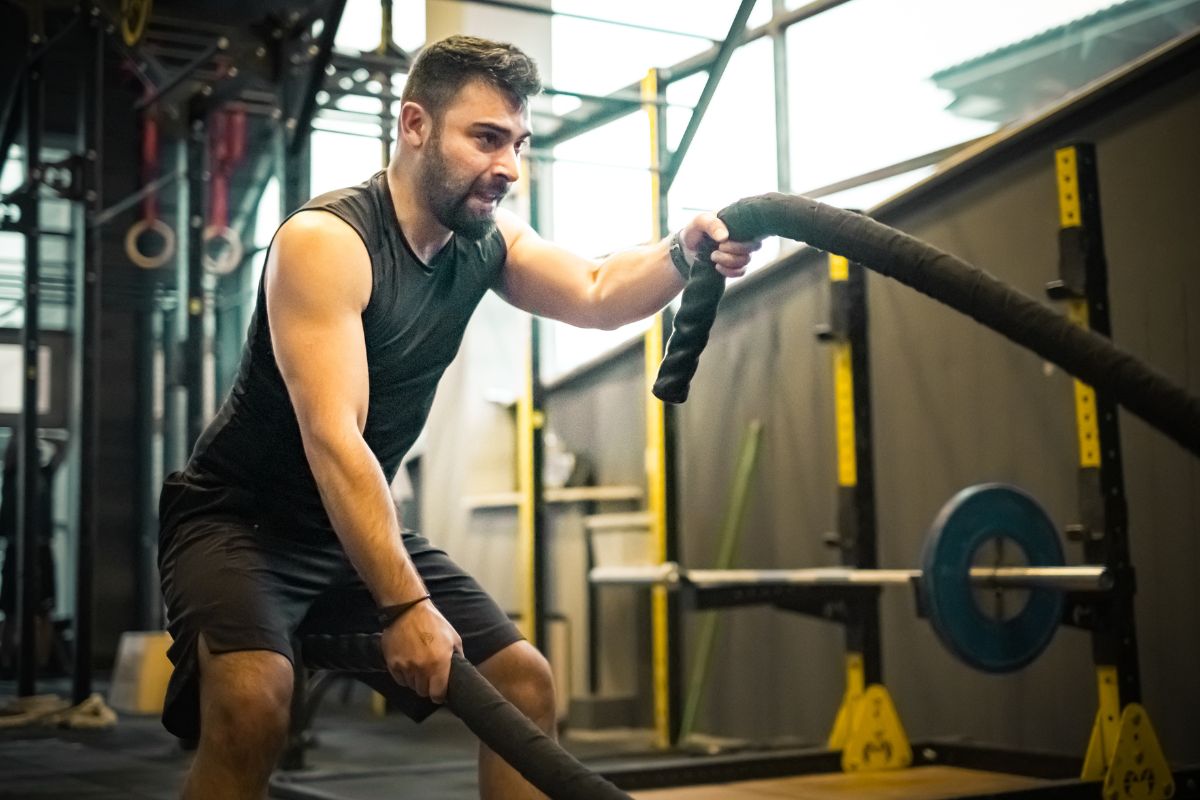Your cart is currently empty!
Effect of 830 nm low-level laser therapy applied before high-intensity exercises on skeletal muscle recovery in athletes.

by Cleber Ferraresi, Thomas Beltrame, Fernando Fabrizzi, Eduardo Sanches Pereira do Nascimento, Marlus Karsten, Cristina de Oliveira Francisco, Audrey Borghi-Silva, Aparecida Mariby Ernesto Cesar Pinto Leal Junior, Rodrigo Alvaro Brandão Lopes-Martins, Bruno Manfredini Baroni, Thiago De Marchi, Daiana Taufer, Débora Sgandella Manfro, Morgana Rech, Vanessa Danna, Douglas Grosselli, Rafael Abeche Generosi, Rodrigo Labat Marcos, Luciano Ramos, Jan Magnus Bjordala Catai, Daniel Rodrigues Cardoso, Antonio Gilberto Ferreira, Michael R Hamblin, Vanderlei Salvador Bagnato, Nivaldo Antonio Parizotto
Abstract: Our aim was to investigate the immediate effects of bilateral, 830 nm, low-level laser therapy (LLLT) on high-intensity exercise and biochemical markers of skeletal muscle recovery, in a randomised, double-blind, placebo-controlled, crossover trial set in a sports physiotherapy clinic. Twenty male athletes (nine professional volleyball players and eleven adolescent soccer players) participated. Active LLLT (830 nm wavelength, 100 mW, spot size 0.0028 cm(2), 3-4 J per point) or an identical placebo LLLT was delivered to five points in the rectus femoris muscle (bilaterally). The main outcome measures were the work performed in the Wingate test: 30 s of maximum cycling with a load of 7.5% of body weight, and the measurement of blood lactate (BL) and creatine kinase (CK) levels before and after exercise.
Key points:
- There was no significant difference in the work performed during the Wingate test (P > 0.05) between subjects given active LLLT and those given placebo LLLT.
- For volleyball athletes, the change in CK levels from before to after the exercise test was significantly lower (P = 0.0133) for those given active LLLT (2.52 U l(-1) +/- 7.04 U l(-1)) than for those given placebo LLLT (28.49 U l(-1) +/- 22.62 U l(-1)).
- For the soccer athletes, the change in blood lactate levels from before exercise to 15 min after exercise was significantly lower (P < 0.01) in the group subjected to active LLLT (8.55 mmol l(-1) +/- 2.14 mmol l(-1)) than in the group subjected to placebo LLLT (10.52 mmol l(-1) +/- 1.82 mmol l(-1)).
- LLLT irradiation before the Wingate test seemed to inhibit an expected post-exercise increase in CK level and to accelerate post-exercise lactate removal without affecting test performance. These findings suggest that LLLT may be of benefit in accelerating post-exercise recovery
Similar Studies
Light stimulation of mitochondria reduces blood glucose levels